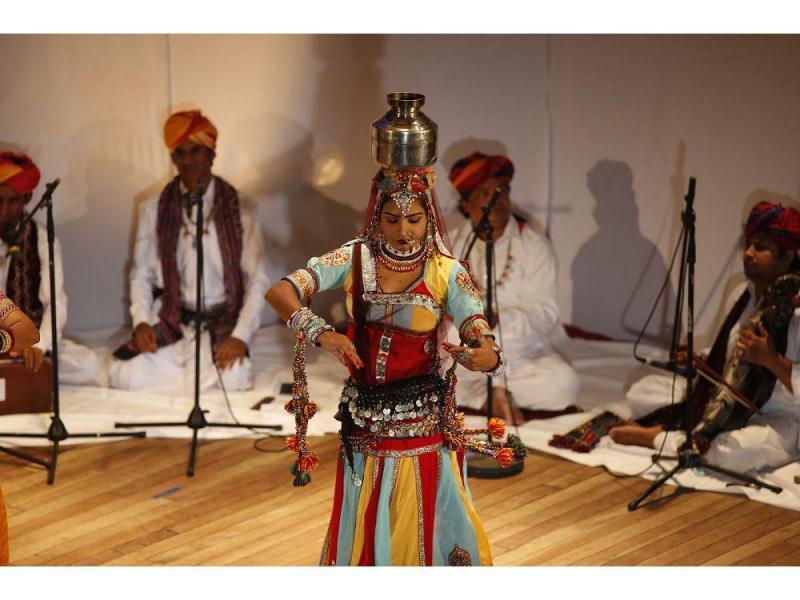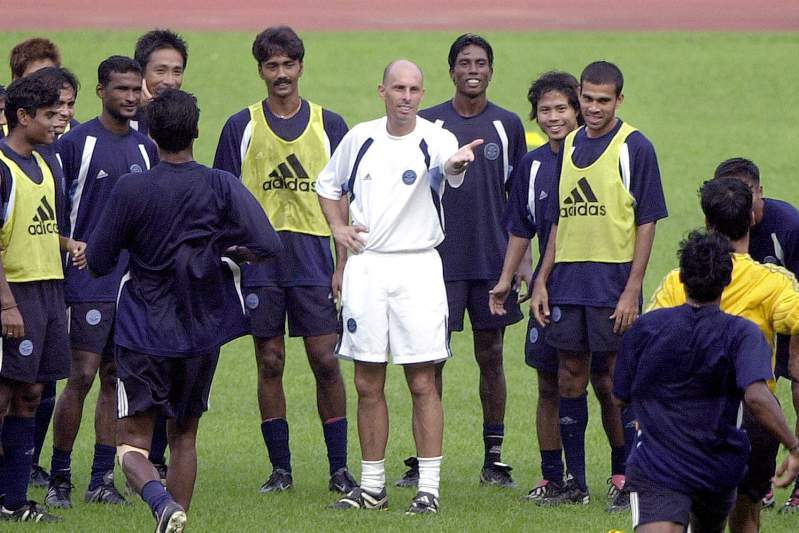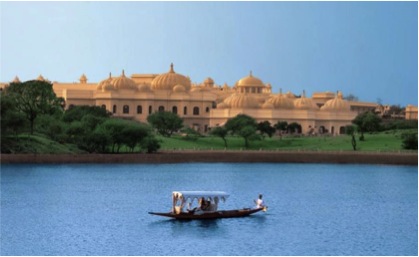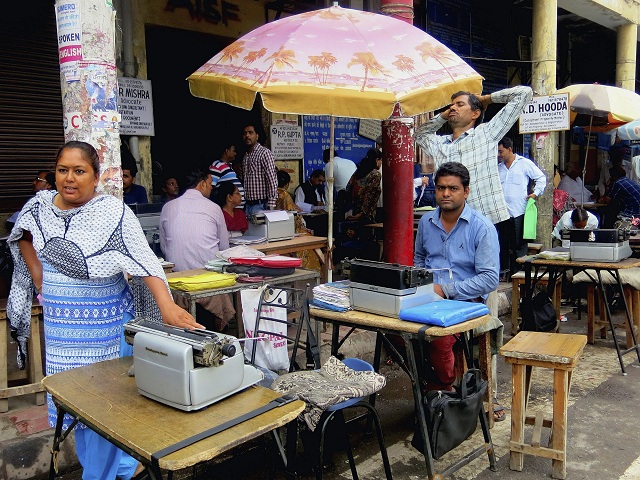Dressed in orange and blue fabrics and bracelets that accompanied his fine movements left her, taking the first steps of a dance ‘Bhavai’, a folk genre popular in Rajasthan. In this dance it requires great ability to concentrate through rhythm, because interpreters must dance with balancing clay pots on their heads or bronze.
The previous scene did not take place in a space of India, but in the Anita Villalaz Theatre, located in the Old Town, which was presented for two nights the music group and folk dances of Rajasthan, who arrived in Panama invited by the Embassy India in the territory.
NATURAL SPLENDOR
Background with white cloths and six men together gave warmth and joy to the room packed with people, the performers sang Bhundu HHAN while Supki Puni and specialized professional dancers in Rajasthani dances that have traveled the world carrying a bit of its culture to every corner of the earth, danced.
The scenario did not have more than artists and Indian instruments like the dholak, sarangi, the Khartal and hamonium. The latter, known as the king of instruments in India is the backbone of the profession of singing and this time was played by Ilyas Khan.
Source: http://bit.ly/1D6hMbC






